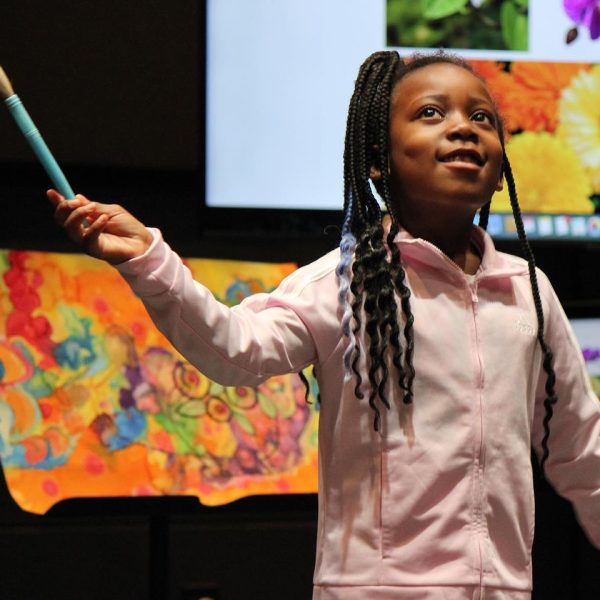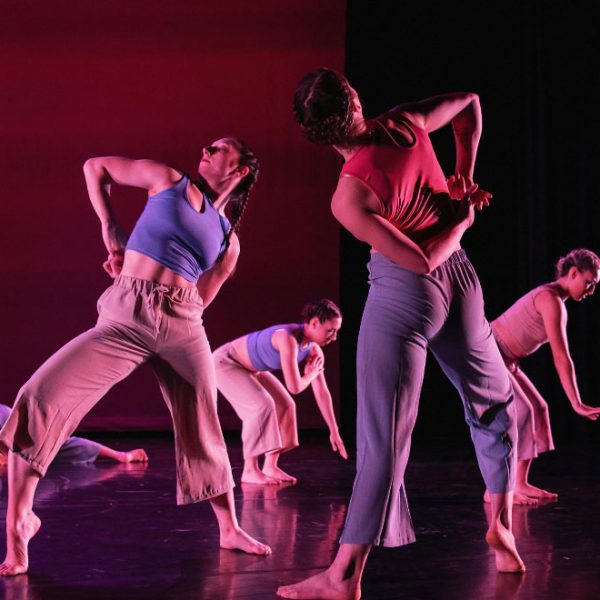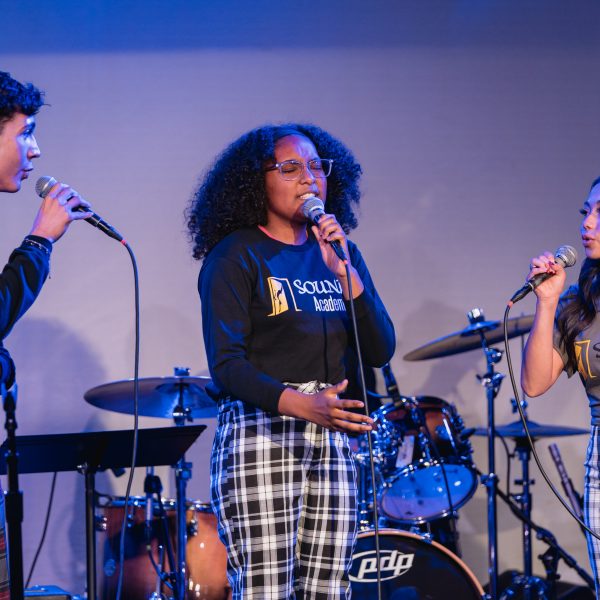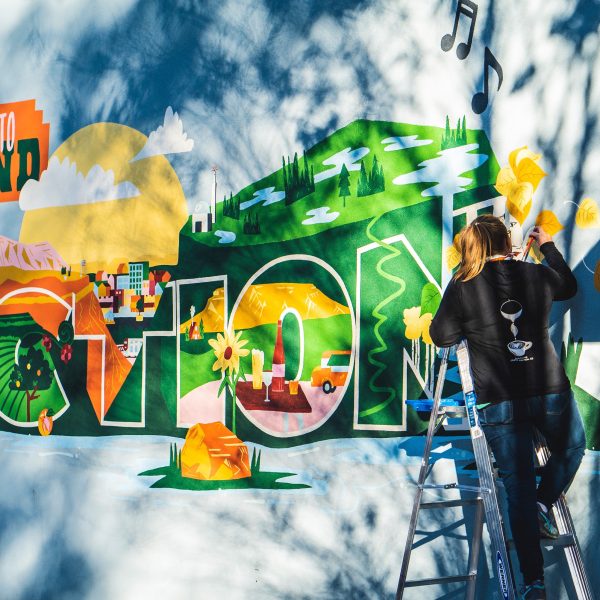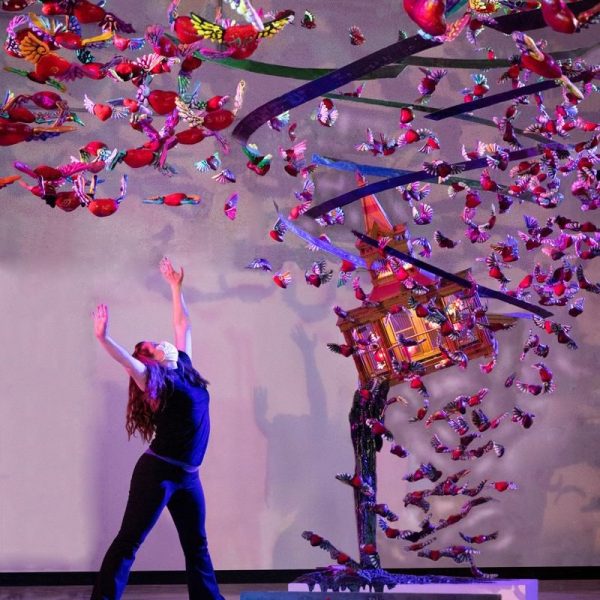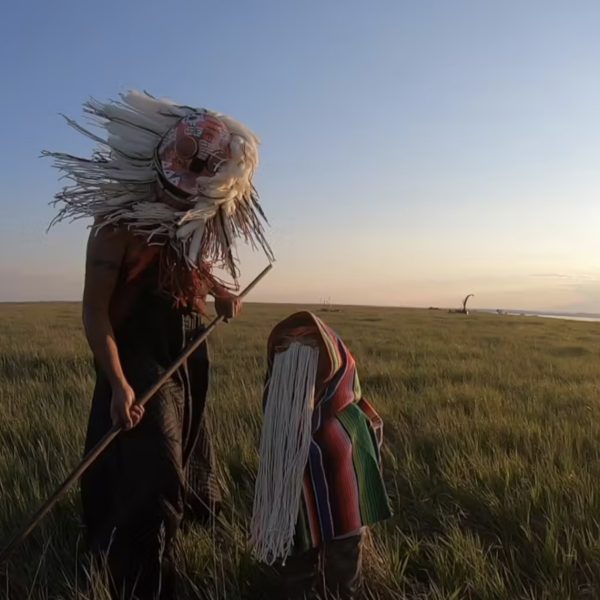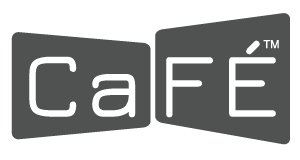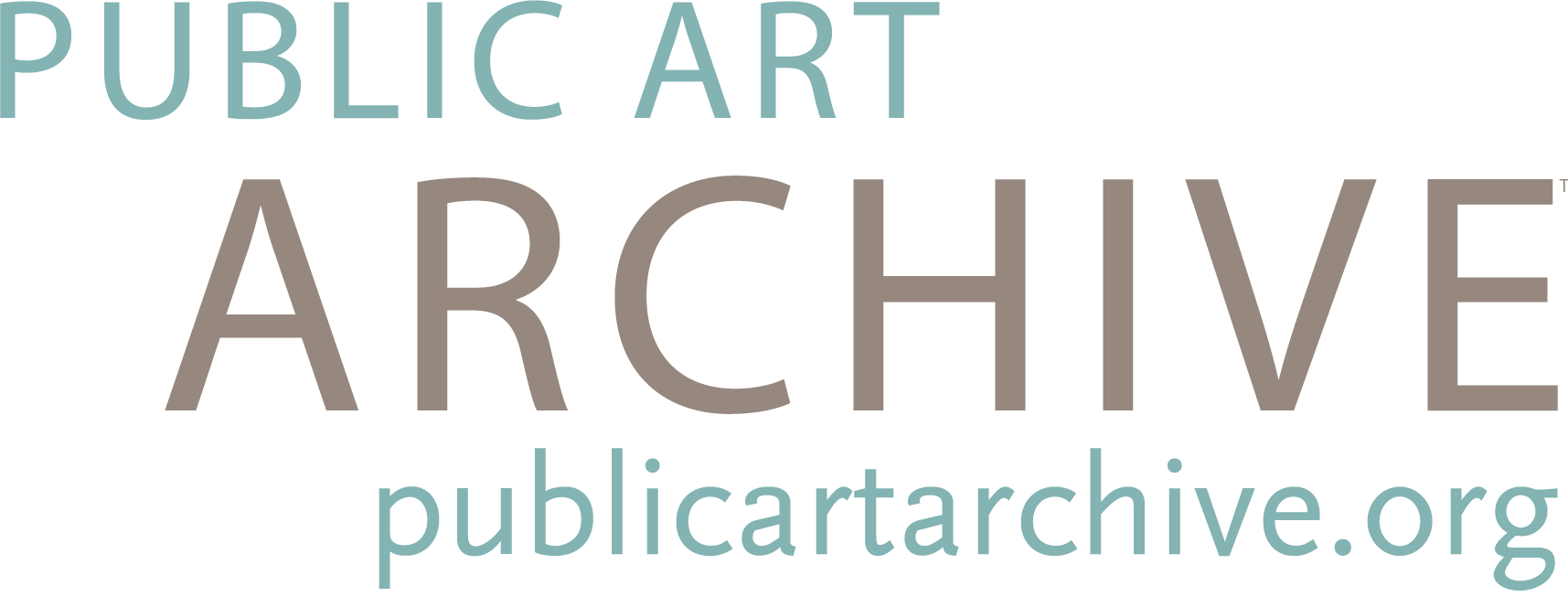Nā lawelawe pūnaewele i hoʻohana ʻia e
ʻO kēia ka 109th ma kahi ʻano hoʻomau o nā mea hou e pili ana i ka hana a WESTAF.
Pane WESTAF COVID-19
Mai Malaki, ua ʻimi ʻo WESTAF i ka hopena o ka pilikia COVID-19 ma ke kahua ʻoihana ma ke Komohana a me nā kulekele pili a me nā hoʻomohala kālā, kaʻana like ʻana i kēia ʻike me nā hui lawelawe noʻeau a me nā mea hoʻopukapuka kālā ma ke Komohana a me ka ʻāina i ko mākou kūkulu ʻana i nā ala e hiki ai. hāʻawi kōkua i ke kula. Ke hoʻomau nei ʻo WESTAF i ka hoʻoponopono hou ʻana i ka COVID-19 Update a me nā ʻaoʻao punaewele ma kā mākou pūnaewele, a ua hōʻano hou ʻia kahi hōʻike / pōkole i kēlā me kēia pule, e hāʻawi ana i nā ʻike hohonu e pili ana i nā pane o kēlā me kēia mokuʻāina i ka hopena o COVID-19 ma ka ʻāpana hana. Ma kahi kokoke i 800 mau pane i loaʻa no ka WESTAF COVID-19 Arts Impact Survey, a ua hōʻike ʻia nā ʻike noiʻi hope loa e kū nei nā mea pena kiʻi, nā ʻoihana hana ʻole, a me nā ʻoihana hoʻomohala (e like me nā ʻoihana hoʻolālā, nā hale kiʻi kiʻi, a me nā hale kiʻi kiʻi) i nā pilikia kālā mai ka pilikia COVID me palena palena o nā waihona a i ʻole nā mea mālama. E piʻi aʻe paha nā kūlana no nā mea pena kiʻi a me nā hui i ka pau ʻana o kēia mau waihona a me nā mea mālama. Hōʻike ʻia ka hōʻike hōʻike i ka ʻikepili e hōʻike ana i nā ʻoihana noʻeau a me nā ʻoihana hoʻomohala i nā hana pale nui a me ka pale ʻana i nā layoffs, akā ʻaʻole maopopo ka lōʻihi o ka mālama ʻana i kēia pale. Ke hele mai nei kahi hōʻike hoʻokolokolo piha.
WESTAF CARES Waihona Kokua no na Hui
Ua wehe ʻia ka WESTAF CARES Relief Fund for Organizations i ka lā 6 o Mei a pani ʻia i ka lā 11 o Mei, ʻoiai ua hiki koke i ka hiki. i nā hui noʻeau a me ka moʻomeheu ma ke Komohana i hoʻopilikia ʻia e ka maʻi maʻi COVID-19. Loaʻa i nā hui kūpono he 501(c)(3) nonprofits, units of state or local government, nonprofit institutions of higher education, and federally recognised Indian tribal government. E loiloi ʻia nā noi e pili ana i ka inclusivity, hōʻike ʻia ka pono, ka hana noʻeau a me ka moʻomeheu, a me ka pono o ka lehulehu a me ke kaiāulu. E hāʻawi ʻia nā makana i nā hui ma waena o 13-state WESTAF region, me ka liʻiliʻi o hoʻokahi haʻawina i hāʻawi ʻia i kēlā me kēia mokuʻāina. E nānā ʻia nā noi e nā panela e ʻākoakoa ana i ka waena o Iune, me nā hoʻolaha hoʻolaha i hana ʻia e Iulai. E kaʻana like ʻia nā mea hou e pili ana i ke kūlana o ka WESTAF CARES Relief Fund for Organizations me kā mākou mau hoa hana ma ka ʻāina ke loaʻa lākou.
ʻO Creative Vitality™ Papa inoa o 30 mau kūlanakauhale liʻiliʻi loa ma ʻAmelika
Ma ʻApelila 29, ua hoʻokuʻu ʻo CVSuite™ i kāna papa inoa o The 30 Most Creative Small Cities in America. ʻO ka papa inoa ka mea mua ma ka pūʻulu hou o WESTAF o nā ʻikepili i hoʻopaʻa ʻia i ka ʻikepili e hoʻolauleʻa ana i ka hana noʻeau, ka moʻomeheu, a me ka hoʻomohala ʻana o nā wahi koʻikoʻi a olaola o ʻAmelika. Hāʻawi ka WESTAF's Creative Vitality Lists i kahi kiʻi o nā ʻano ʻano like ʻole i loko o nā kaiāulu, nā ʻāina, a me nā mokuʻāina e hōʻike i ka ikaika o ka hana ʻana i nā kaiāulu ma ʻAmelika Hui Pū ʻIa. Ke hoʻohana nei i ka ʻikepili mai ka WESTAF's CVSuite mea hana ʻikepili hoʻokele waiwai, ua hoʻohana ʻia ka Creative Vitality™ Index (CVI™) e ana a hoʻopaʻa i nā ʻoihana hoʻokele waiwai o Metropolitan Statistical Areas me nā heluna ma lalo o 500,000. ʻO ka CVI kahi ana helu helu o ka hana hoʻomohala ma kēlā me kēia kapita i loko o kahi ʻāina. Aia i loko o ka Index nā kumu ʻikepili mai nā ʻāpana hana noʻeau ʻole a me ka waiwai me nā hōʻailona ma nā hana hoʻomohala, nā loaʻa kālā ʻole, a me ke kūʻai ʻana i ka ʻoihana hana. E ʻike i ka hoʻokuʻu piha ʻana ma aneʻi. Ke hana nei ka hui CVSuite i kahi papa inoa lua, e hoʻokuʻu ʻia i ka hāʻule.
ʻO Arts + ka Hale Hana Kūikawā Kūʻai ʻo Rural West
Ma ka Pōʻalima, ʻApelila 3, ua mālama ʻo WESTAF i kahi papa hana ʻo Arts + the Rural West ma kahi o ʻekolu mau hola me 25 mau mea komo e pani ana i ka Alliance for California Traditional Arts; Noi o ke kuaaina; ʻAha Hoʻonaʻauao Kaleponi; Idaho Commission on the Arts; Epicenter; Mauna Time Arts; ʻOihana Hoʻomohala ʻĀina Mua; Plains Indian Museum o ka Buffalo Bill Center no ke Komohana; Hale Hōʻikeʻike ʻo Los Angeles County; ka National Endowment for the Arts; 'Aha Kūkākūkā Kokua Hale LISC kuaaina; ʻO Wichita Falls Alliance for Arts and Culture; Center for Education, Business, and the Arts; Nā Kākoʻo no ka Ola ʻŌlelo ʻŌiwi Kaleponi; Kikowaena Folklife Komohana; Artes ʻAmelika; a me ke Kaona o Eagle, Colorado. I loko o ʻewalu mau wā hoʻomaha virtual, ua kūkākūkā nā poʻe i ka hopena o COVID-19; ʻoihana kuaʻāina ma ke ʻano he papahana hoʻomohala kuaʻāina; nā ala e hoʻolikelike ai nā kaiāulu kuaʻāina i kā lākou mau hana noʻeau a moʻomeheu; ka hoʻonaʻauao ʻana i nā hana noʻeau a me ka moʻomeheu ma nā kuaʻāina; a me nā manawa kūpono, nā pono, a me nā pilikia no ka hana noʻeau ma ke komohana komohana. E hōʻike ʻia kahi hōʻike o ka hālāwai kūkā wikiō Zoom a me nā kumuwaiwai ʻē aʻe i Iune.
Public Art Archive™ Hoʻopaʻa ʻana i nā hana kiʻi lehulehu i hoʻomaka ʻia e pane iā COVID-19
Ke hana nei ka hui Public Art Archive (PAA) i ka hoʻopaʻa ʻana i nā papahana noʻeau lehulehu i hoʻomaka ʻia e pane i ka COVID-19. Ke koi nei kekahi o kēia mau papahana i ka hana ʻana i nā hana noʻeau hou, aʻo nā mea ʻē aʻe paha e hoʻokomo i ka papahana no ka hoʻopili ʻana me nā hana noʻeau i nā hōʻiliʻili kiʻi lehulehu a puni ka honua. No ka manawa pōkole paha kekahi o kēia mau hana, manaʻo ka hui PAA he mea koʻikoʻi loa ka hopu ʻana i ka ʻike e pili ana i kēia mau papahana noʻeau lehulehu i kēia manawa, ʻoiai lākou e noho nei i loko o ko mākou mau wahi kino. Ua loaʻa iā PAA kahi pane maikaʻi mai ke kahua e pili ana i kēia hana. Ma hope o ka hoʻopaʻa ʻia ʻana o nā papahana a me nā hoʻolālā, e hoʻohui ʻia kā lākou mau moʻolelo i kahi ʻaoʻao kumuwaiwai a kaʻana like ʻia.
